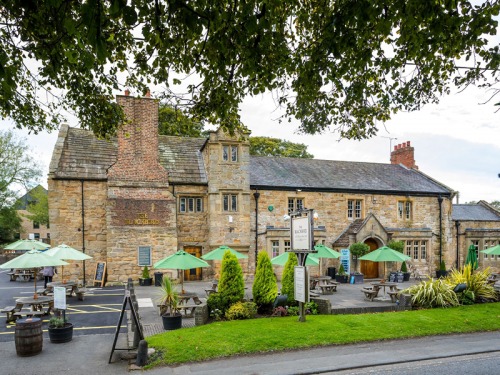See the Iconic Salvador Dali Painting on Display at Bishop Auckland's Spanish Gallery
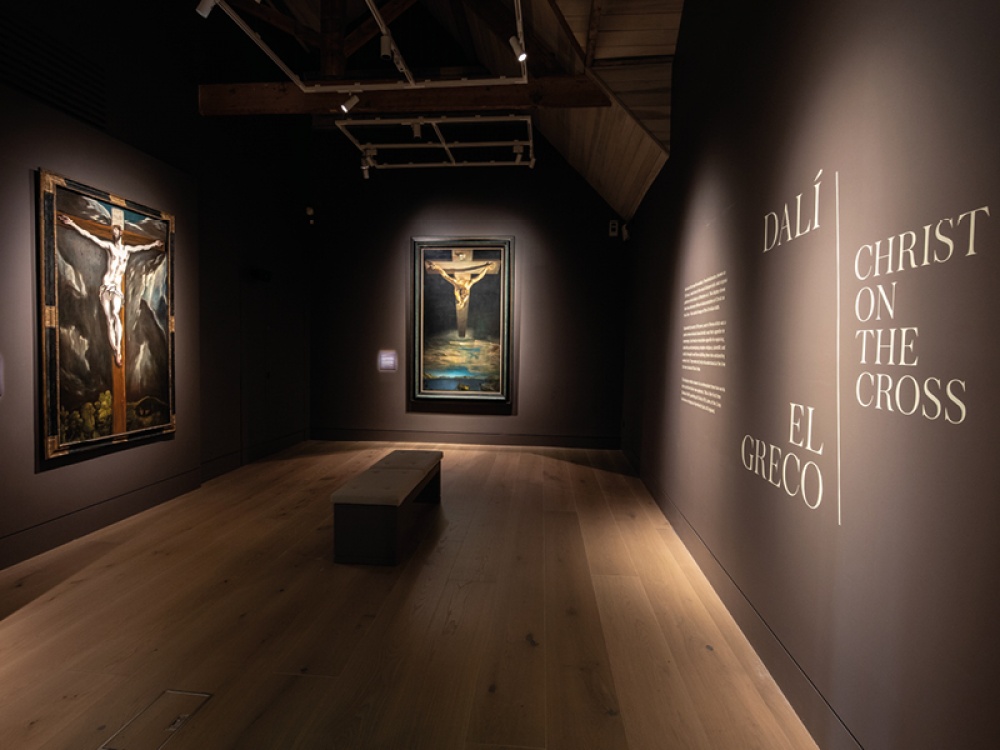
Living North get a lesson on Spanish art when we visit Bishop Auckland’s Spanish Gallery, where an iconic Salvador Dalí painting is on display in the North East for the very first time
Displaying this piece in the North East is something to be proud of, and it’s thanks to co-founder of The Auckland Project, Jonathan Ruffer. Jonathan and his team have just celebrated their 10th year of owning Auckland Castle – and the paintings in the castle (Francisco de Zurbarán’s series of Spanish masterpieces Jacob and His Twelve Sons, which have been there for for more than 250 years) were what inspired Jonathan (who’s from the North East) to bring Spanish art to the town.
‘You’ve got these whacking great pictures of blokes which are very Spanish, very Roman Catholic and very theatrical,’ he says. ‘Once we bought the castle we knew we would be creating a visitor attraction so the question was: what have we got that would attract visitors? On one hand we had old bricks and mortar but on the other hand we had these amazing pictures. Art seemed like a common theme that ran through the castle.’
The Spanish Gallery is the UK’s first gallery dedicated to the art, history and culture of Spain during the 16th and 17th centuries, but just what does Jonathan find most interesting about this artistic era? ‘I’ve always been interested in Spanish art because it’s got a reality to it which other pieces haven’t. What’s golden about the Spanish Golden Age in the 17th century?’ Jonathan asks. ‘I think it’s when the theatrical style of painting came about. The French went for elegance; you don’t really associate them with gritty pictures. The Italians always painted things that were beautiful, but what the Spanish went for was what was true – how things were really.’
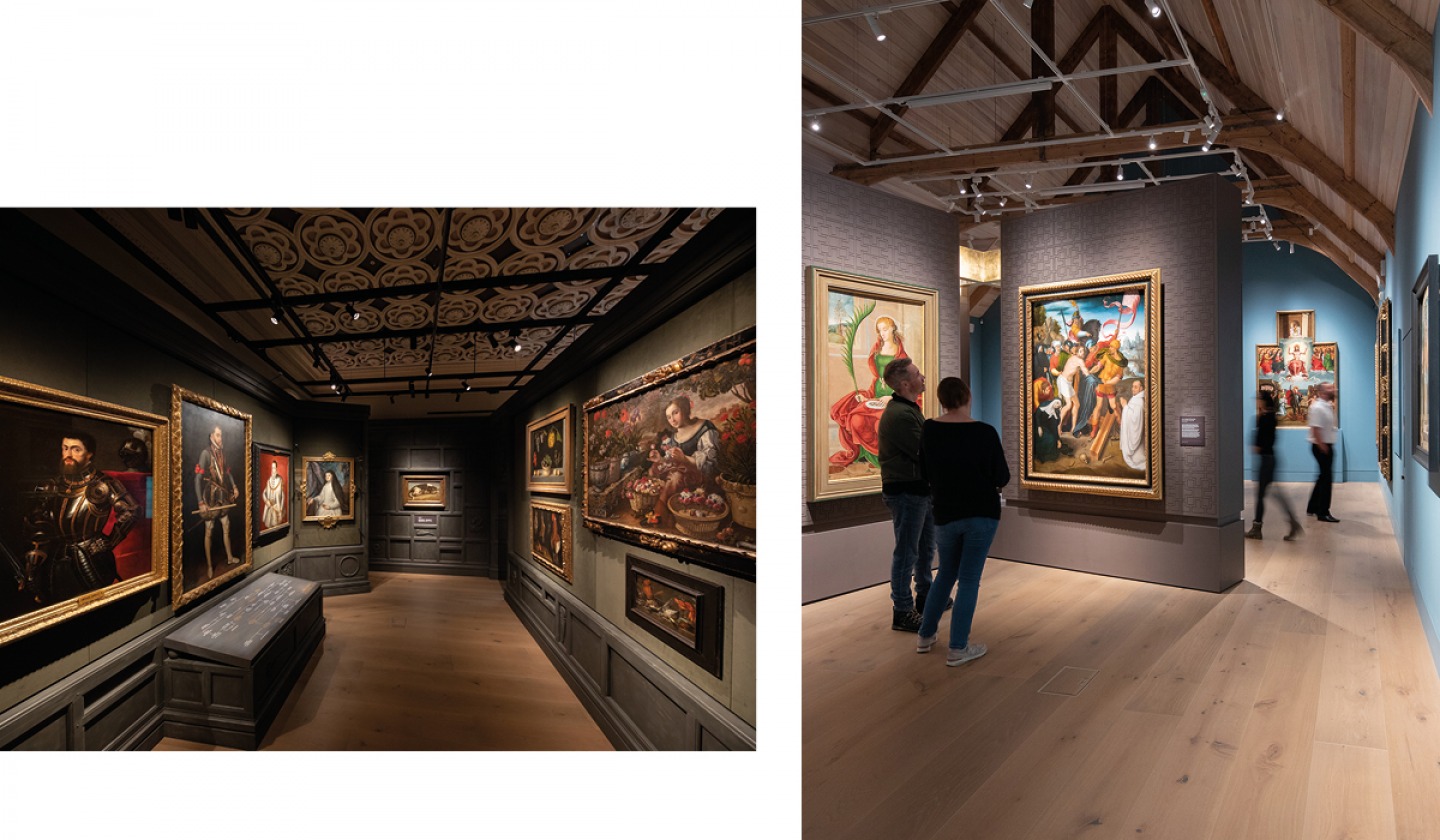
Read More: Review: Les Misérables at Sunderland Empire
Jonathan says that when you see the Dalí and El Greco pieces side by side, two things hit you. ‘One is how ghastly they are, and the other is how powerful they are. If it’s the power that hits you, you simply can’t get enough of them. If you find them ghastly, you can have a cappuccino as long as you buy it in one of our drinking holes, and go to Kynren instead,’ he laughs. He says that any art lover should take this chance to see Dalí’s painting, because it’s so influential. ‘I had a holiday three or four years ago in Croatia,’ Jonathan recalls. ‘I went for a walk down a high street in a seaside town and off the high street there was a tattoo parlour and in the window were 15 things you could have tattooed on you – Marilyn Monroe, for example – but one of them was the Dalí crucifixion. I didn’t like to ask which bit of you that might have been tattooed on,’ he laughs. ‘But it shows that the picture which we now have hanging in the gallery is currency all over the world.’
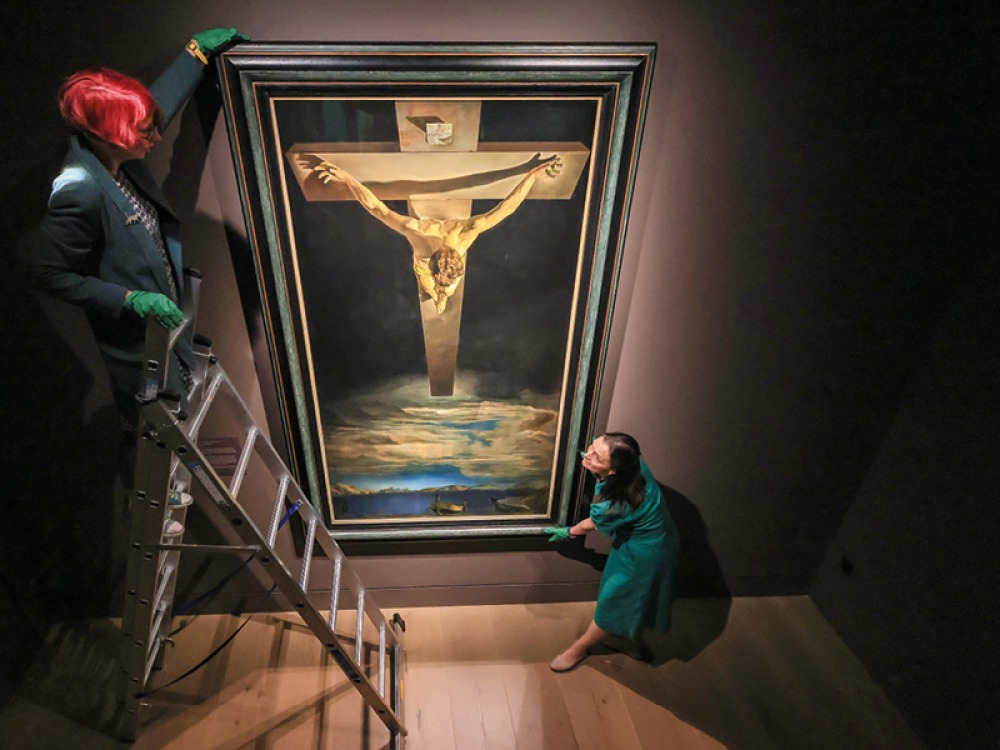
Jonathan believes that El Greco’s piece is in the spirit of Dalí’s, but he wants you to make your own judgement on their similarities, or differences. ‘El Greco is another painter who just blasts his way out of his time and geography,’ he adds. ‘The question I pose within this exhibition is “are they pictures of the same thing?” In one sense, they absolutely are. You have heaven at the top and earth at the bottom and this figure suffering on the cross. You have to ask yourself “what’s the difference between the two?” – and once you actually look at them you wonder if they actually have anything in common at all. That’s what I want to challenge.’
Morlin Ellis, curator of The Spanish Gallery, agrees they’re very lucky to have these pieces on display. ‘Ever since The Spanish Gallery opened, people have come up to me and asked when we’re going to have this Dalí piece,’ she reveals. ‘To me, that’s so moving and amazing that a picture can have such an impact. I first came across the picture when I was eight. I found it deeply moving and it’s stayed with me all this time. A tear came to my eye when I saw it on the wall in The Spanish Gallery for the first time. Dalí called it his masterpiece, and it really is.’
Dalí’s painting (and intellectual property rights) were acquired for Glasgow Corporation in 1952 by Tom Honeyman, who was the director of Glasgow Museums. ‘Honeyman was a very astute man,’ says Morlin. ‘He saw it on display and saw a lot of fuss being made about it, and couldn’t believe the affect the picture was having on him. Because Honeyman had connections in the art world, and because he knew Dalí’s agent, he was able to negotiate the purchase. It was on sale for around £12,000 but he got it down to £8,200. Even more astutely, he got the copyright included so it can be exhibited and reproduced as much as possible.’
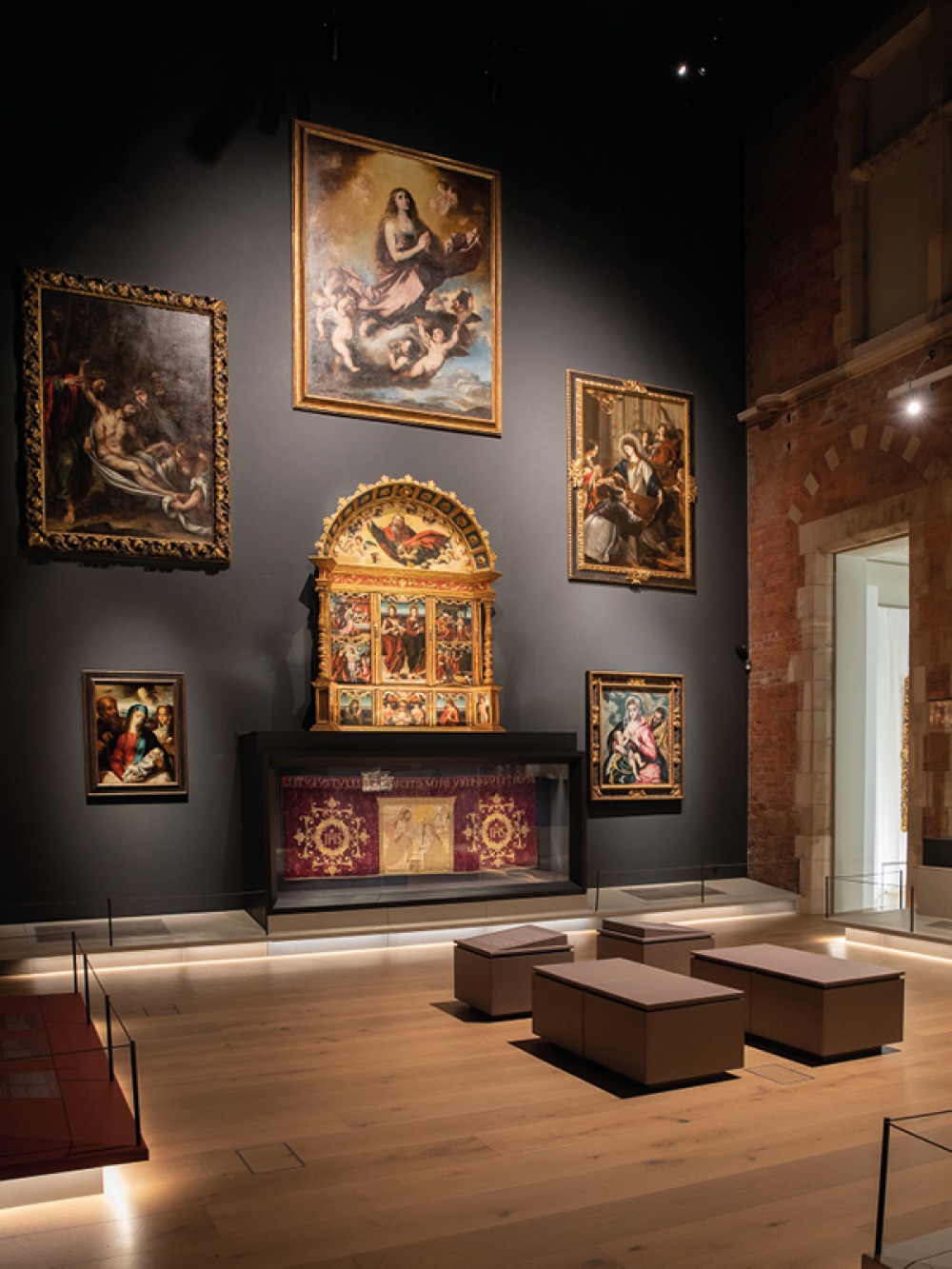
The purchase of this painting was controversial, and a petition was sparked against it (arguing that the money should be spent on exhibition space for local artists). This controversy is what led Honeyman and Dalí to become friends, and they corresponded with eachother for years.
Since the painting has been on display in the gallery, Morlin has seen the effect it has had on visitors, and has enjoyed hearing their response to it, and the El Greco piece. ‘As Jonathan pointed out, it’s a popular tattoo idea. In fact, someone came into the gallery recently who has the tattoo and she sat before the cross and was crying because it meant so much to her,’ Morlin recalls. ‘One of my colleagues said it’s the image of God looking down on his son, and I think that’s rather a special thing to take away. Dalí wanted to make Christ more beautiful than any Christ that had been seen before. He got rid of all the gore and painted a sublime majesty of the act of sacrifice. That’s made even more special by the perspective he created, which he was only able to do because of his incredible skill as a draughtsman. He was an eccentric, a maverick and he found it very hard to stick at anything but he was disciplined as a draughtsman at a very young age.
‘What’s even more special is every person’s story and their relationship with it. There aren’t many paintings in the world that can do that to people. They’re two of the most idiosyncratic painters in the history of art. El Greco was completely original in his time. His work is so abstract and was a great inspiration for expressionists and modern artists. The thing that we found was similar, although their styles are completely different, is their genius. These two people were complete geniuses. They had a confidence about their ability to acquire knowledge and in their ability to distil their knowledge into pictorial form. That’s quite an amazing achievement.’






